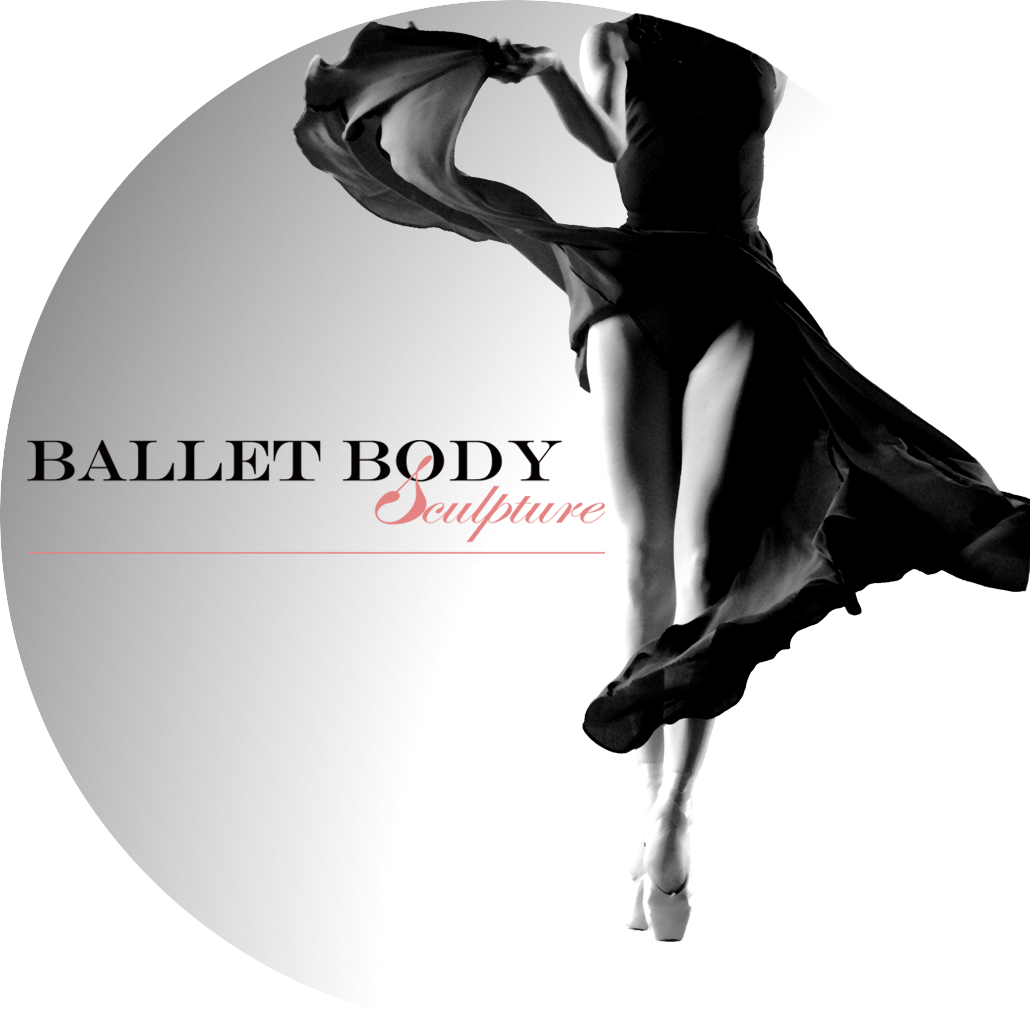Ballet Body for Adults – Myths and Truths
There’s common saying that ballet world has perpetuated an unrealistic ideal. As a result, many adults are reluctant to try ballet because they are self-conscious about their body and find countless reasons or other self-deprecating remarks to discourage themselves. This negative attitude prevents many from experiencing the physical, mental, and social benefits that an adult ballet class has to offer. Let’s have a look at some popular misconceptions about this art form, to help you to develop a healthy perspective if you are keen to develop your ballet body and enjoy wonderful benefits for your posture, fitness as well as overall wellbeing.
Myth: You have to be extremely thin to do ballet.
Truth : Ballet exercise is very intense and exercising it on a regular basis will help to loose weight. Professional dancers start ballet very early and therefor develop a thin body frame. However, regardless of physique, if a professional dancer wants to have a successful career, they must maintain their health through proper nutrition and physical therapy.
Advice: Don’t compare yourself to the images of the professional ballet world, unless you are aiming to dance on stage. Adult ballet students come in all shapes and sizes and with correct guidance often achieve their best body shape.
Myth: I’m too old to do ballet.
Truth : Age is no excuse. We have many students in our classes that are over 50, quite a few in their 60s and some even in their 70s. They all enjoy elegant exercise, develop beautiful lines and technique.
Advice: If you want to pursue a professional career, yes, you typically need to start between the ages 6 and 9. But if you are a adult, you don’t have to feel like you missed the boat. You can still enjoy ballet for recreation, as part of an active lifestyle, that is very enable and you can never stop learning or improving.
Myth: I’m not flexible enough to do ballet.
Truth: Ballet increases flexibility! The slow, steady movements of ballet technique improve mobility in the joints, promote circulation, and give your muscles a good stretch. So you are not flexible – you should do ballet!
Advice: Don’t set unreasonably high expectations for yourself. You are not expected to put their leg over their head, or do the splits ( or though many of our students stretch to splits with regular exercise ). Think about it: you wouldn’t be asked to dive if you didn’t first know how to swim. Yet, how are you going to learn to swim if you never get in the water? The goal of adult ballet class is to learn the basics of ballet.
Myth: Ballet is about being submissive and feminine.
Truth: Ballet is about projecting power and confidence. Core ballet techniques are in fact the same for male and female dancers. There certainly some distinct differences, for example, female dancers will work en pointe, emphasizing balance and turns on a single foot which projects a delicate grace. In contrast, male dancers will place more focus on jumps and leaps, projecting power and masculinity.
In addition, when working with a partner, the male dancer plays a critical role in supporting the female dancer. Whether you are performing a stag lift to carry your partner across the stage or providing her with a base as she executes several pirouettes, male dancers have to make these moves appear effortless which only comes through a lot strength, endurance and confidence. Therefor ballet training for men is not only about developing great posture but also a lot of full body strength.
Advice: If your girlfriend or wife is going to ballet classes and you feel you’d like to try it – give it go, you will definitely enjoy it!
Myth: Ballet is about being dainty and delicate.
Truth: Ballet requires incredible strength. Ballet centers on total control of the body. Most movements require activating different muscle groups in a seamless fashion. Even a basic plié requires that the dancer work through all of the major muscle groups in the leg at different points in the movement. When you move into dance, jums and turns – dancers must have incredibly well-controlled muscles to support the joins, balance and ensure that they can achieve the necessary techniques. In fact, several articles have recently been published detailing how professional ballet dancers are in just as good of shape as most professional athletes.
Advice: If you are looking for incredible techniques to develop your body strength that are only available for professionals – you are in the right place. Be prepared to engage your mind though!
Ballet based exercise is a wonderful way to keep fit and is extremely beneficial for everybody. It’s a project that becomes your lifestyle, improving your fitness, posture, strength as well as developing confidence and awareness, teaching you to be more conscious of you mind & body and helping to achieve the best ballet body at any age!
Source: balletforadults.com


